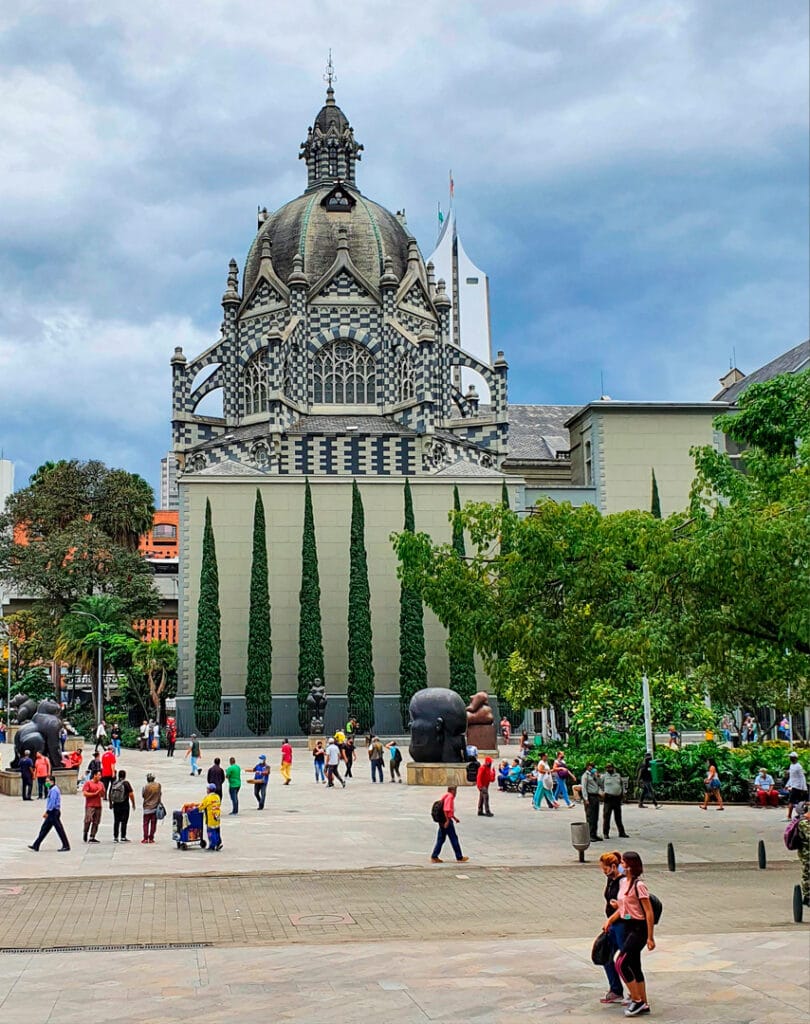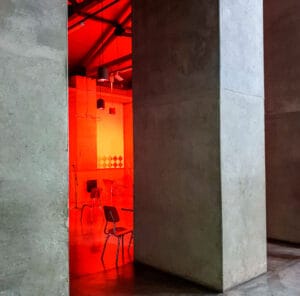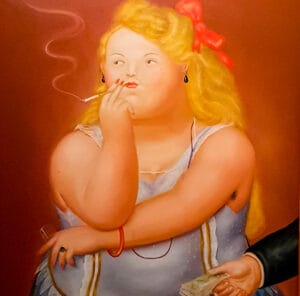An Unexpectedly Chilly Arrival
With 3.9 million inhabitants, Medellín stands as Colombia’s second-largest metropolitan region. Previously known primarily for the violent drug cartels centered around Pablo Escobar, the city’s landscape has since undergone a complete transformation. In 2012, Medellín was even named one of the world’s most innovative cities by the Wall Street Journal, characterized by its year-round sunny and warm climate.
We decided to take an overnight bus to get there. We hailed a taxi to the Terminal de Salitre. As there’s no railway system in Colombia, intercity bus travel is incredibly popular. We were quite surprised upon entering the bus station; there were very few people around. Much like in Germany, numerous pandemic measures were in place, and people seemed fearful, only leaving their homes to cover their basic needs.
The bus was sparsely filled, which should have made for a pleasant journey. However, we arrived in Medellín early the next morning, completely frozen and not in the best of moods. Apparently, the bus drivers had conceived of combating a virus with extreme cold; the air conditioning felt like it was set to 0 degrees. I have never felt so cold in my life.
Medellín: Order, Art, and Innovation
The warm, pleasant climate and an excellent breakfast at Cambria Café Resto quickly made us forget the stressful bus ride. Medellín appears more organized and cleaner than Bogotá. There are no large potholes on the streets, and the city even boasts a metro system. What immediately catches the eye are the numerous vibrant graffiti artworks.
At the very top of our Medellín to-do list was Comuna 13. For a long time, this district was considered a no-go zone and was once one of the most dangerous neighborhoods in the world, marked by gang wars centered around the Medellín cartel and intense clashes with the police. In “Operation Orion,” this neighborhood was fought over for four days with military forces and helicopters. Today, this part of the city is remarkably considered a major tourist attraction.
Exploring Comuna 13: A Symbol of Transformation
We took a taxi to this part of the city early in the morning. Comuna 13 sprawls across several very steep hills, with small houses built closely together. Many residents immediately offered their services as tour guides, but we wanted to follow our own path.
The street art we encountered was both stunning and moving. The walls adorned with graffiti tell the story of Comuna 13, dedicated to its victims and expressing the colorful vibrancy of the Colombian world. On every side street, on every house, there’s something new to discover. The district is traversed by a system of escalators, making it easier for residents to access the upper neighborhoods. New attractions can be found at every level. We walked down a street where a DJ battle was underway: “Who has the most powerful amplifier?” The noise was deafening!
In many places, we witnessed hip-hop and breakdance performances. Many tourists move through here, and the whole atmosphere almost feels festive. There are hardly any signs of violence and crime left. Through numerous initiatives, including social programs, something truly new has been built here. Many people, especially young individuals, have been given new perspectives. Meanwhile, Comuna 13 is considered a model project worldwide.
Art and Culture in the City Center
We took another taxi back to the center and visited the Museo de Antioquia. The artist Fernando Botero, originally from Medellín, has donated a significant collection to this museum, making it well worth seeing. There are also contemporary art exhibitions and permanent displays on the country’s pre-Columbian culture. The building itself is very imposing and offers many architectural details to admire. A beautiful inner courtyard and the café invite you to linger.
We continued our exploration to the Museo de Arte Moderno. This museum was rebuilt with millions of dollars, resulting in a futuristic building, but unfortunately, I didn’t find the exhibitions as inspiring.
Now, we just needed to organize blankets for the return trip. I definitely didn’t want to freeze like that again!




